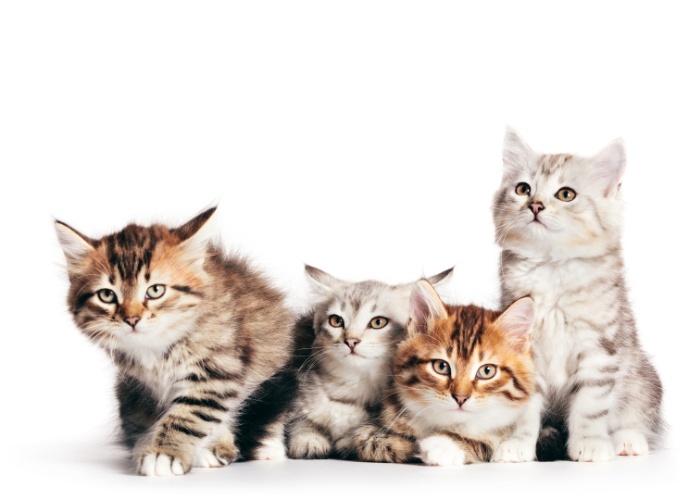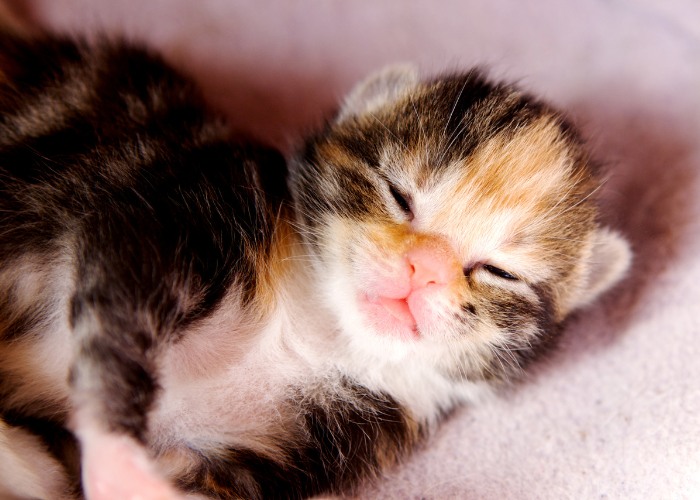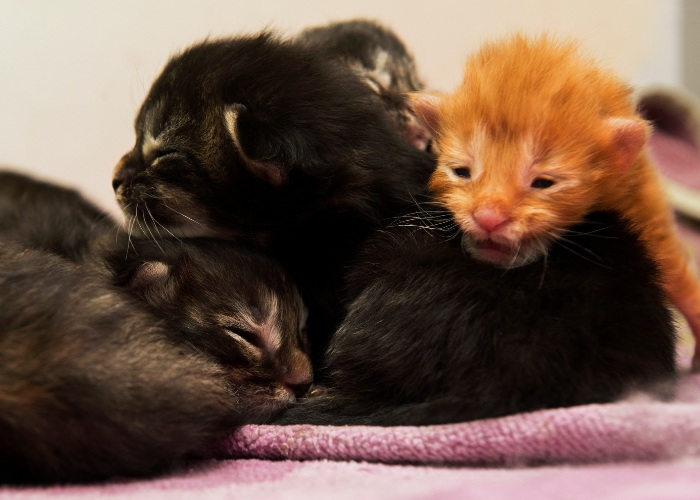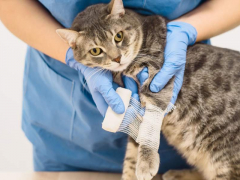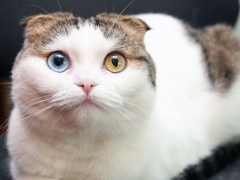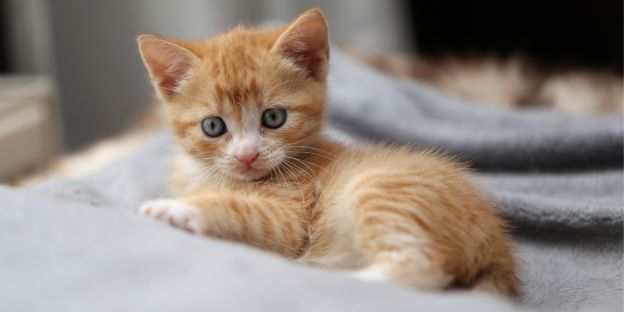
If there’s one thing that cat lovers cannot resist, it’s kittens. These babies of the cat world pull at our heartstrings and captivate our attention whenever they are near. Those little meows, those tiny bellies, and the miniature toebeans are enough to make our hearts skip a beat.
While kittens are effortlessly precious and adorable, there are actually a lot of fun facts to learn about them. If you want to add to your budding index of cat knowledge, you’ve landed in the right place.
Keep Reading to Learn 22 Fun Facts About Kittens…
We’ve rounded up a bunch of interesting kitten facts for both kids and new owners a like. Keep on reading below.
1. All kittens, regardless of breed, are born with blue eyes.
By 7-12 weeks, the pigment will begin to transform from blue to their true color (should their mature eye color be different from the blue eyes you find in Siamese and Ragdoll cats, for example).
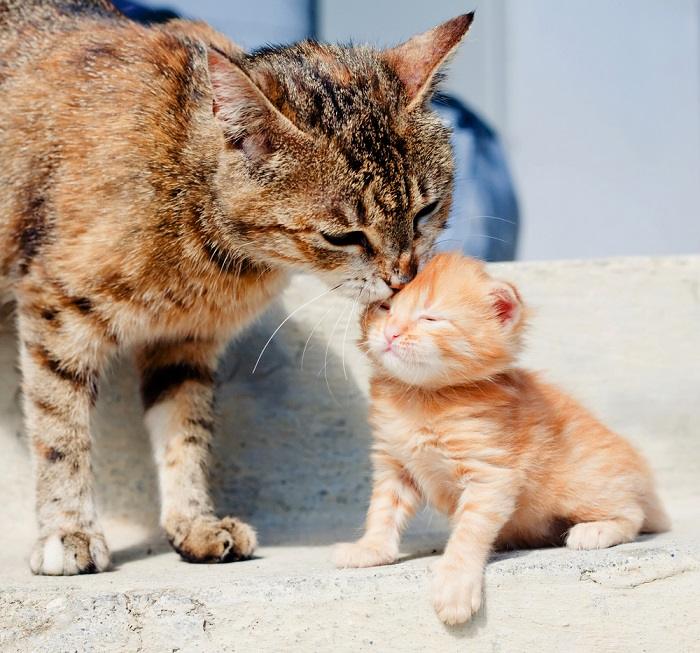
2. Some cats take longer to reach maturity.
The Maine Coon cat, for example, doesn’t reach maturity until three to four years of age. So you get to have a Maine Coon cat as a kitten three times as long!
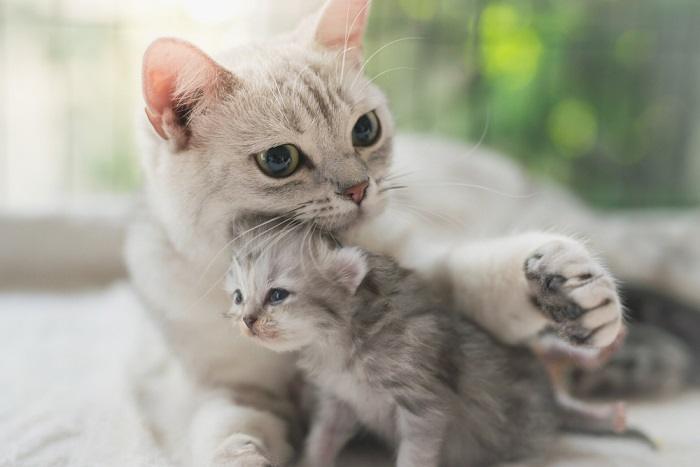
3. Kitten’s bite packs a painful bite
A kitten’s teeth are much sharper in comparison to an adult cat’s teeth, which are actually blunt at the edges. This is why those little poky razor fangs hurt so badly when they sink into your flesh!
4. Newborn kittens are vulnerable to the cold
Newborn kittens don’t have the ability to regulate their own body temperature. They rely on their cat mama to help keep them warm.
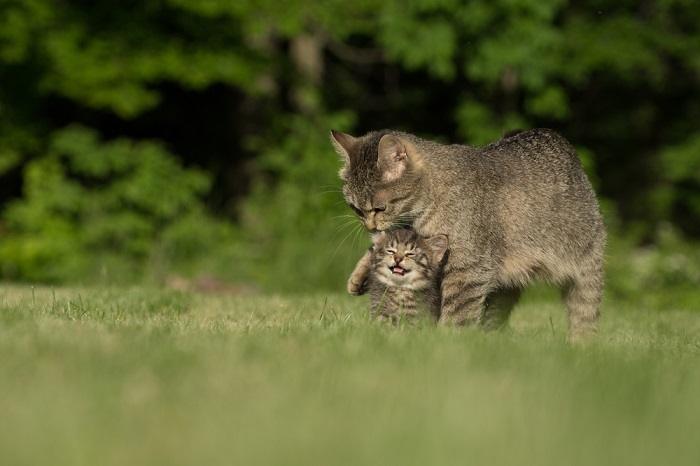
5. Newborn kittens are blind and deaf until they reach two-to-three weeks of age.
During the first two to three weeks of their tiny lives, newborn kittens experience the world in total darkness and silence. Their journey into sight and sound begins as they gradually develop the ability to see and hear, opening up a whole new world of wonder and discovery.
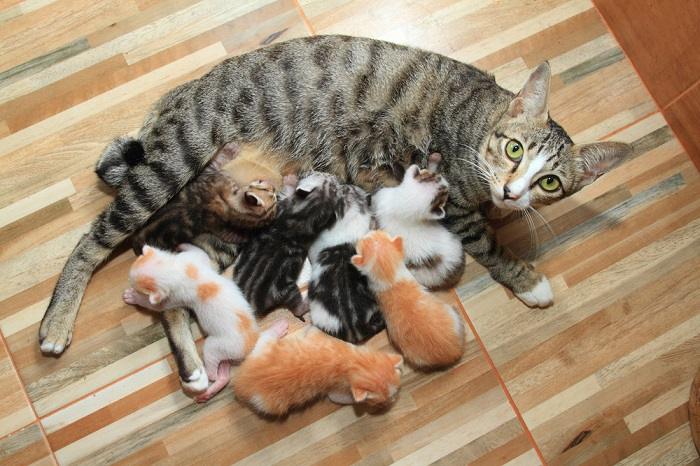
6. Even as wee kittens, they possess a super strong sense of smell.
They rely on this sense to help them navigate the world until they have the ability to hear and see. Their acute sense of smell acts as their guiding compass, ensuring they find their way in a world otherwise shrouded in darkness and silence

7. Kittens are surprisingly easy to potty train. Now puppies? That’s a whole other story!
Contrary to popular belief, kittens are quick learners when it comes to using the litter box. Their natural instinct often leads them to adopt the litter box habit without much effort or training. However, the process of potty training puppies tends to be more challenging and time-consuming due to their different learning patterns and needs.
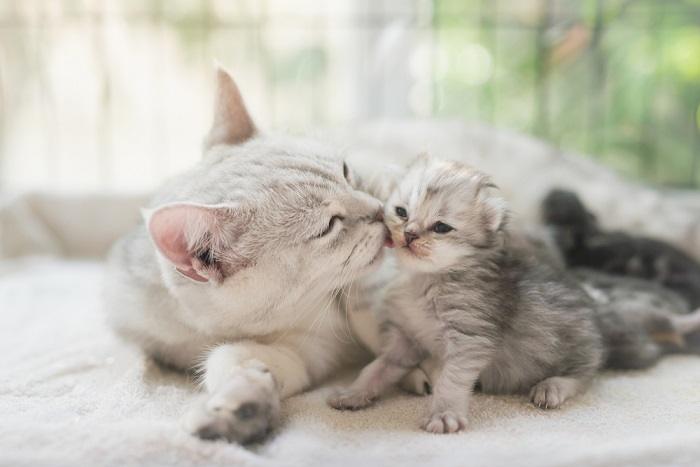
8. Female kittens can become pregnant at only five months of age
Always have your kittens spayed from an early age! Eight weeks is the common age when many cats are spayed/neutered at animal shelters. This early spaying not only helps control the feline population but also contributes to your kitten’s long-term health and reduces the risks of certain health issues in the future.
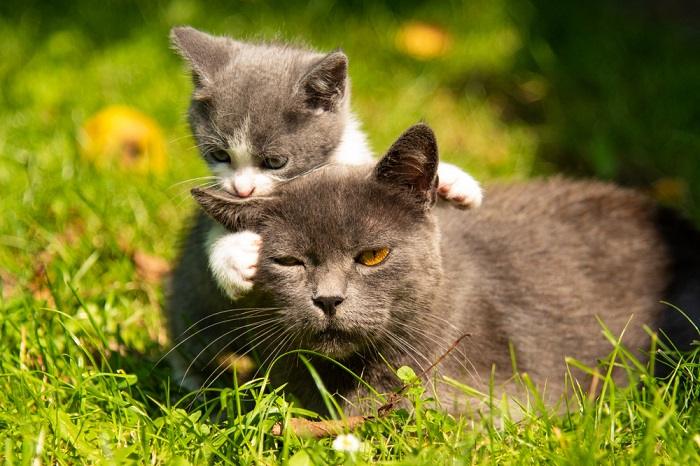
9. Around four weeks of age, kittens learn the ability to retract their claws.
At around four weeks old, kittens undergo an incredible development, gaining the ability to retract their tiny but sharp claws. This pivotal milestone not only marks a physical change but also opens up a new world of exploration and play, allowing them to interact more gently with their surroundings and companions.
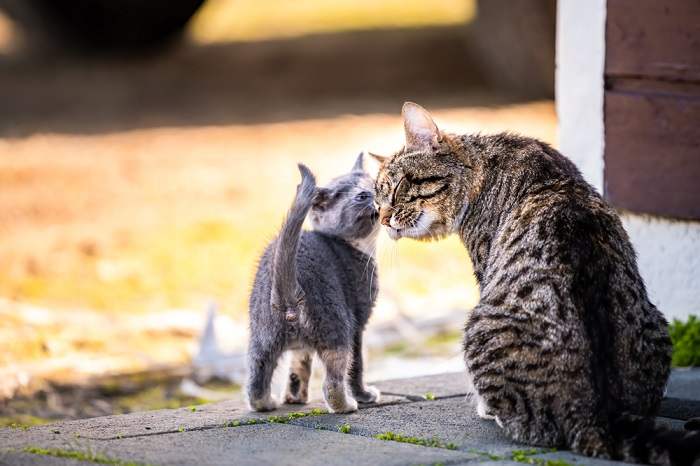
10. On record, the largest litter of kittens born to a female cat was 19.
Setting an extraordinary record in feline history, a remarkable female cat birthed an astounding litter of 19 kittens. This extraordinary feat, while incredibly rare, leaving a lasting mark in the annals of animal births and captivating cat enthusiasts worldwide.
11. You can successfully wean a kitten at eight weeks of age.
At the age of eight weeks, kittens reach an important milestone as they transition from nursing to solid food, marking the ideal time for successful weaning. This critical phase not only fosters their independence but also sets the foundation for a healthy and balanced diet, ensuring their growth and development into playful, thriving cats.
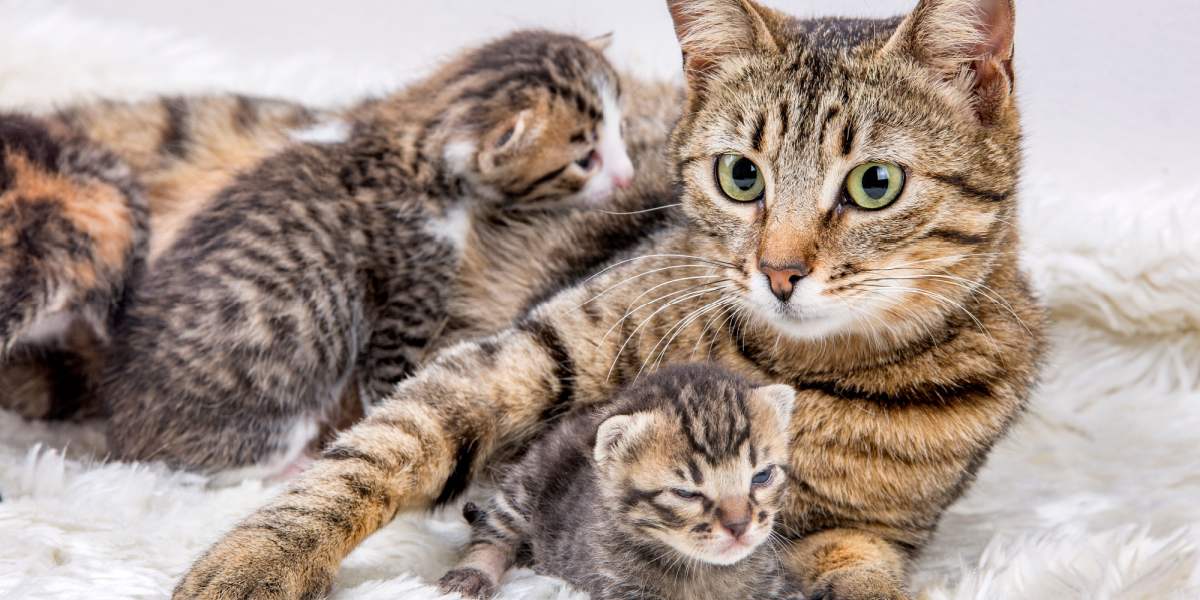
12. Most Siamese kittens are born completely white in color.
Upon birth, the majority of Siamese kittens enter the world entirely white, showcasing a strikingly different hue compared to their eventual iconic Siamese coat. This intriguing beginning sets the stage for the gradual emergence of their distinctive and sought-after color points.
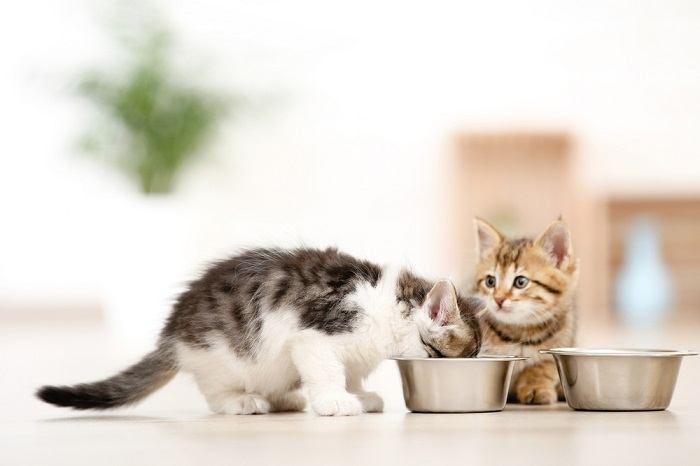
13. Kittens start to develop color points till around one month of age.
As kittens approach their first month of life, the mesmerizing emergence of their color points begins, marking the onset of their unique coat patterns. This developmental milestone unveils the distinct hues and patterns that will define their individuality, adding to the enchanting allure of these young felines
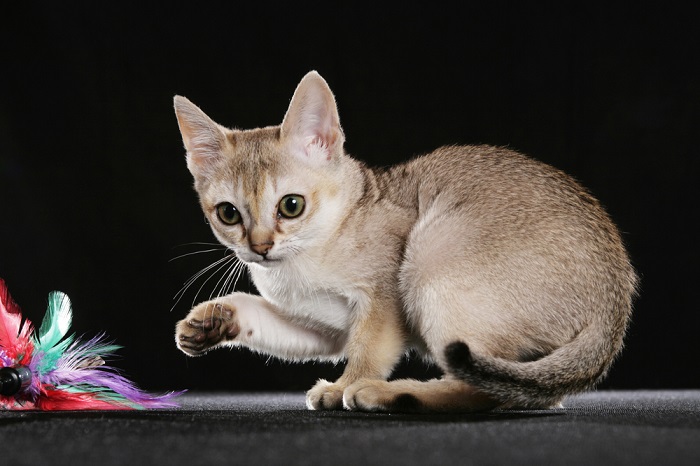
14. Kittens weigh approximately three to four ounces at birth.
At birth, tiny kittens typically tip the scales at a mere three to four ounces, showcasing their delicate and petite stature. This initial weight sets the stage for their rapid growth and development, highlighting the incredible journey from their tiny, newborn size to the playful and agile companions they become.
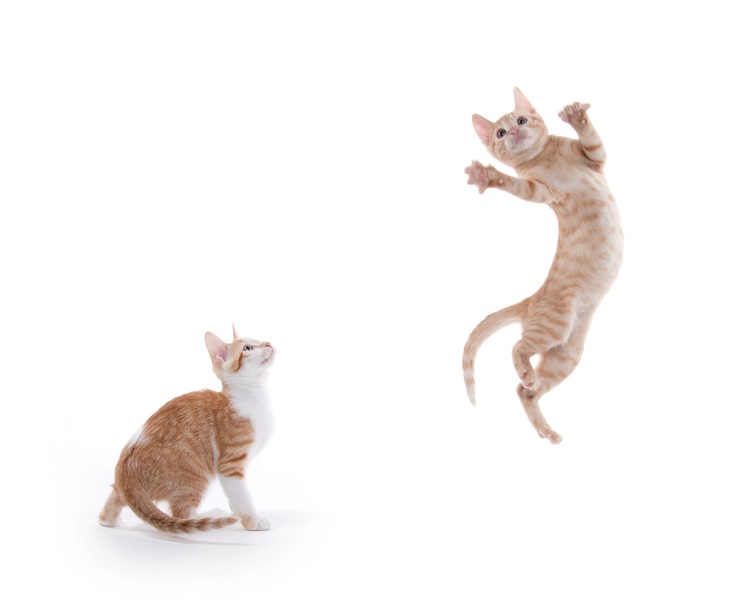
15. Kittens rely on mom’s care after nursing
Newborn kittens can’t go to the bathroom on their own. They rely on their mothers to lick them to help stimulate them to go after nursing sessions.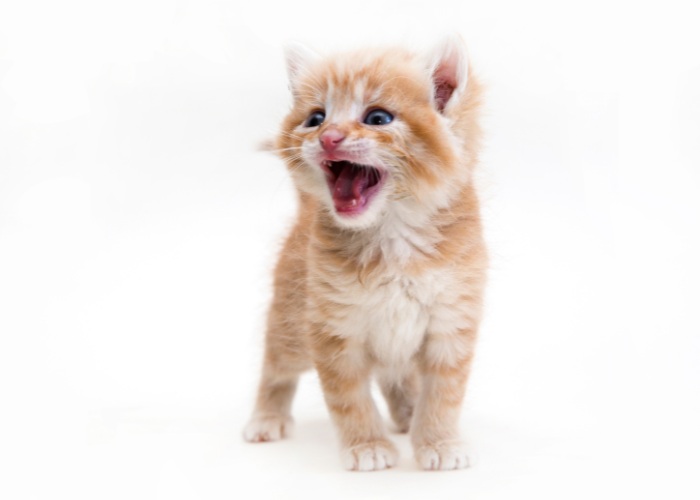
16. Kittens learn to meow to humans from a very early age.
From a tender age, kittens instinctively begin to communicate with humans through meows. This early adoption of meowing as a form of interaction showcases their innate ability to seek attention, affection, and assistance, forging a strong bond between kittens and their human companions
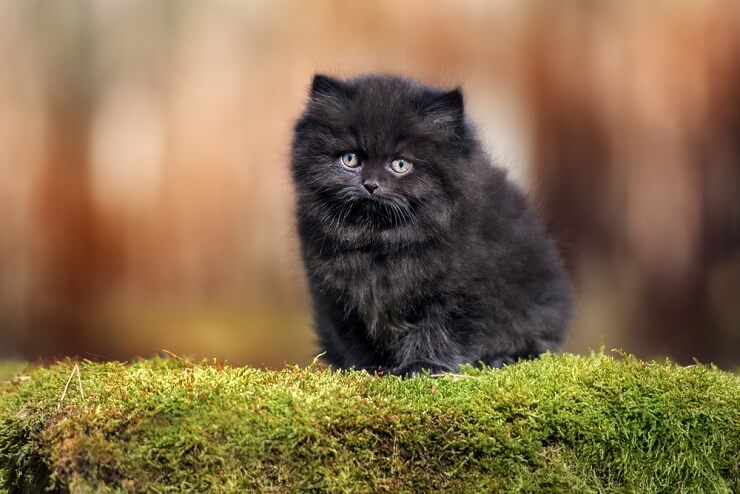
17. A kitten will often take their first step around 18-21 days after birth.
At around 18 to 21 days old, a defining moment arrives in a kitten’s development as they take their inaugural steps. This milestone marks the beginning of their journey into mobility, paving the way for playful exploration and gradual independence from the safe confines of their nest.
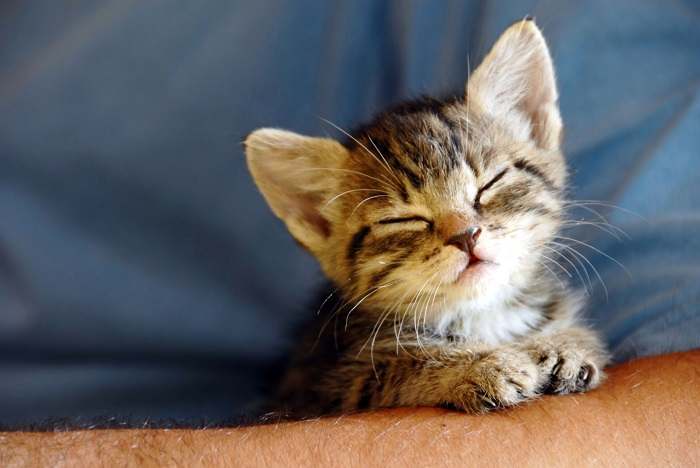
18. A kitten’s first tooth will erupt by their third week of life.
By their third week of life, kittens experience an exciting milestone as their first tiny tooth emerges. This momentous event marks the beginning of their dental development, preparing them for the transition from nursing to consuming solid foods and exploring the world around them.
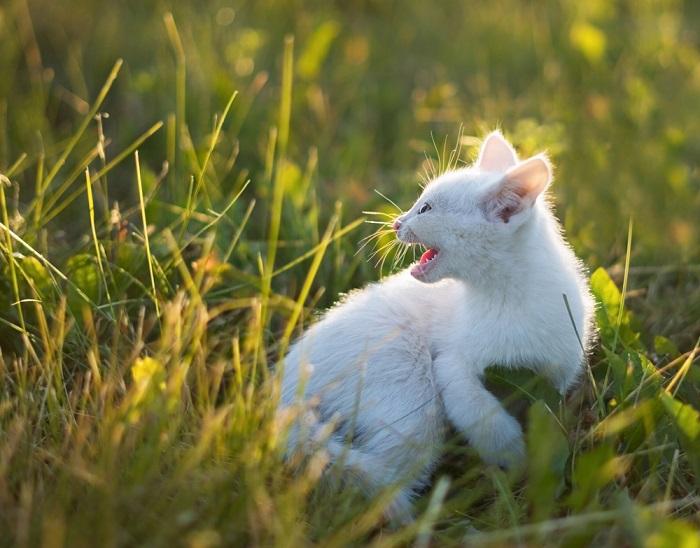
19. Kittens of the same litter can have different cat fathers.
Surprising but true: kittens born in the same litter can actually have different fathers. This phenomenon, known as superfecundation, occurs when a female cat mates with multiple male cats during her heat cycle, leading to a diverse genetic makeup among siblings in a single litter.
20. The average litter of kittens in one litter is four.
Statistically, the typical litter of kittens comprises around four adorable bundles of fur. While this average can vary, it offers a general insight into the usual size of feline families, each adding their unique charm to the joyful world of kittenhood.
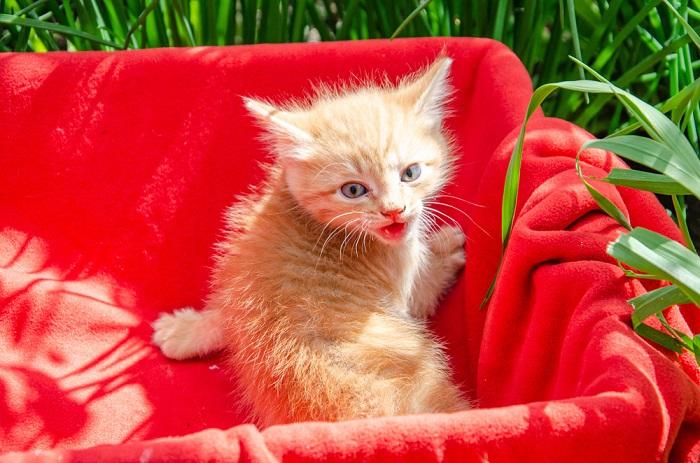
21. A kitten’s first year of life is equivalent to a human’s first 15 years of life.
A kitten’s initial year mirrors the growth and development of a human’s first 15 years. This rapid maturation phase sees kittens transform from playful, curious babies to agile, independent cats, experiencing a whirlwind of milestones and changes akin to a human’s formative decade and a half.
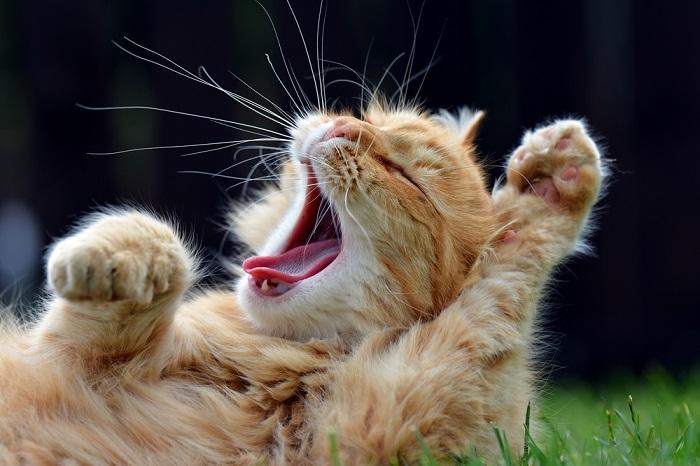
22. A group of kittens is referred to as a kindle.
When gathered together, a delightful group of kittens is aptly termed a ‘kindle.’ This endearing collective noun perfectly captures the charm and warmth these furry bundles bring, igniting feelings of joy and adoration as they frolic and play together in their kitten world.
We hope you enjoyed this collection of facts about kittens. If you know someone else who would enjoy this, please share this article with them to brighten their day.
